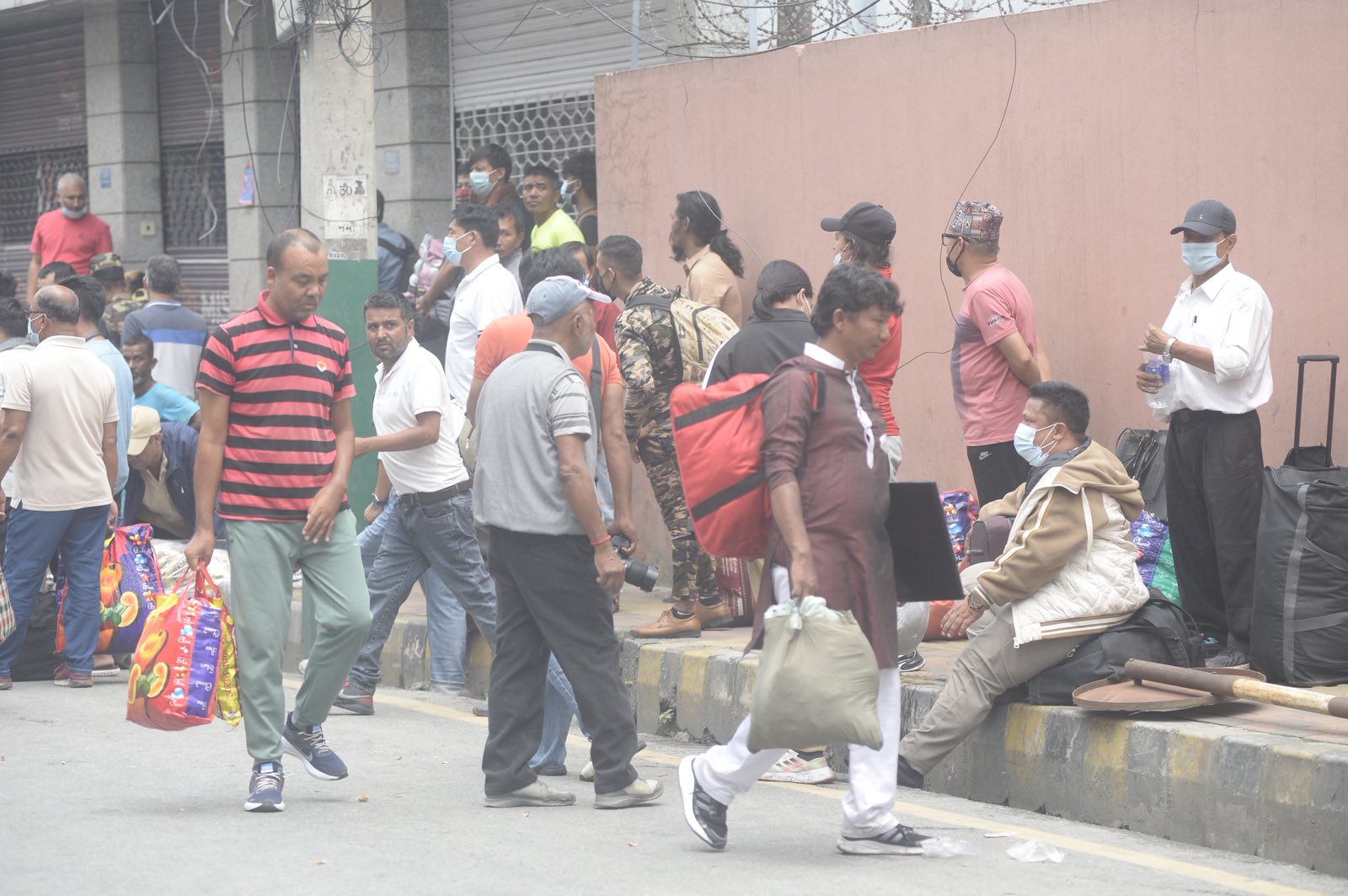The wave of jailbreaks during the Gen Z protests on September 8–9 has posed a grave threat to public safety in the nation. As protests turned violent, 28 prisons and nine correctional institutions witnessed the escape of over 14,500 prisoners. Nearly 7,000 have so far been returned or arrested, while over 7,500 are still on the run. Some of the fugitives were convicted of serious crimes such as murder, rape, and looting. Their escape has spread fear in communities while also demoralizing police and jail authorities. The situation became increasingly dangerous with the looting of police guns and ammunition during the chaos. Armed gangs now pose an immediate threat to society, as stolen weapons could be used in further crimes or even insurrections. The fact that criminals are still roaming freely with weapons underscores the authorities’ failure to apprehend them or recover the looted arms and ammunition. The uprising, coupled with mass prison breakouts, has shown that disruption of police infrastructure can lead to far-reaching and immediate repercussions.
Desperate search for missing girls as nearly 80 dead in Texas f...

The threat of criminals walking freely among society became real when one of the Nakkhu Prison escapees returned home, killed his wife, and dumped her body behind the house. Santa Bahadur Tamang, a convicted rapist, perpetrated this horrific act, highlighting the dangers of having such criminals on the streets. This incident serves as a serious reminder that the danger is real, and similar events could occur elsewhere if the authorities do not act firmly and swiftly. These notorious jailbreaks have also brought disrepute to the nation. Internationally, countries such as the UAE temporarily suspended issuing visas to Nepalis due to the instability and fatalities witnessed during the Gen Z protests. This demonstrates how domestic instability can have direct implications on foreign relations as well as economic disruptions for both the country and ordinary citizens. The current situation, with thousands of hardened criminals still at large, calls for re-establishing order and reassuring both citizens and international partners that public safety is being safeguarded. The Prison Administration Department has managed to return almost 7,000 escapees, but more than 7,500—including repeat offenders and those wanted in violent cases—are still on the run. The police cannot wait for prisoners to surrender voluntarily. They must take an active approach: conducting more searches, integrating intelligence-based operations, and enforcing strict surveillance to capture fugitives and recover stolen weapons and ammunition. Each fugitive not only endangers the public but also erodes trust in the prison system.
Officials must remain on high alert and do everything possible to prevent further jailbreaks. Action must be taken quickly to assure citizens that their security is the state’s top priority. Beyond restoring stability, decisive action will prove the government’s capacity to safeguard people from the dangers posed by escaped criminals. The mass jailbreaks have shown how swiftly chaos can erupt once the system is breached. The government and law enforcement agencies now have an obligation to move swiftly, restore order, and ensure no criminal walks freely in society. Authorities must act proactively to dispel public fear and ensure that fugitives—including escaped prisoners and those who looted arms and ammunition—are arrested at the earliest.




































